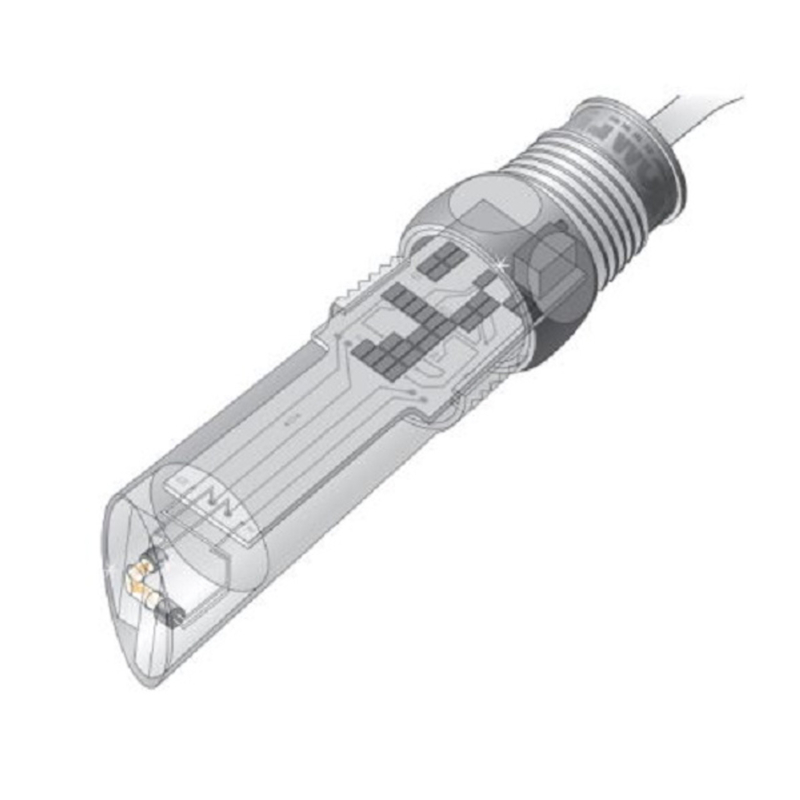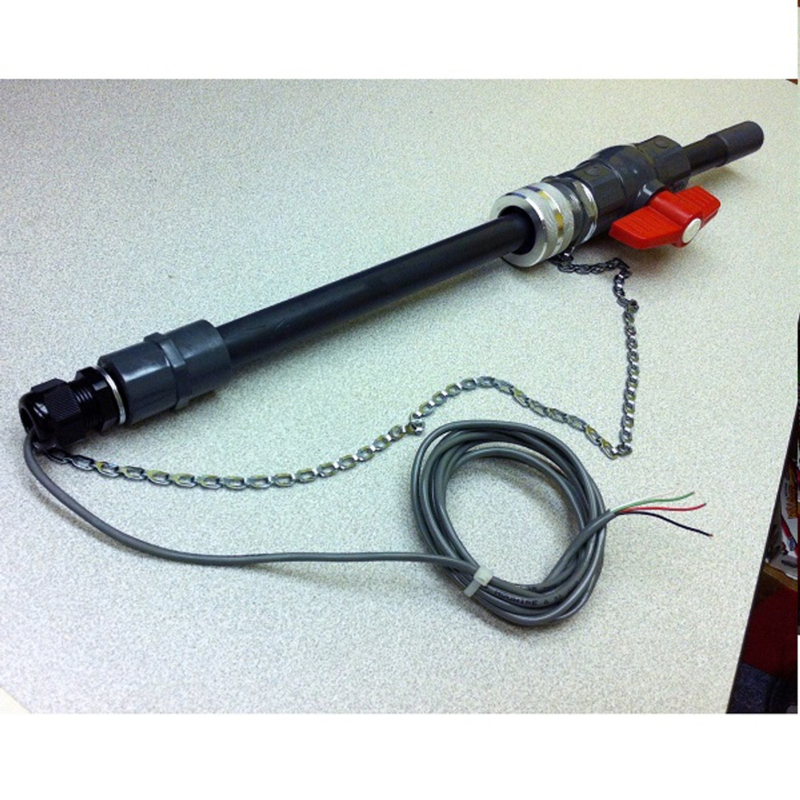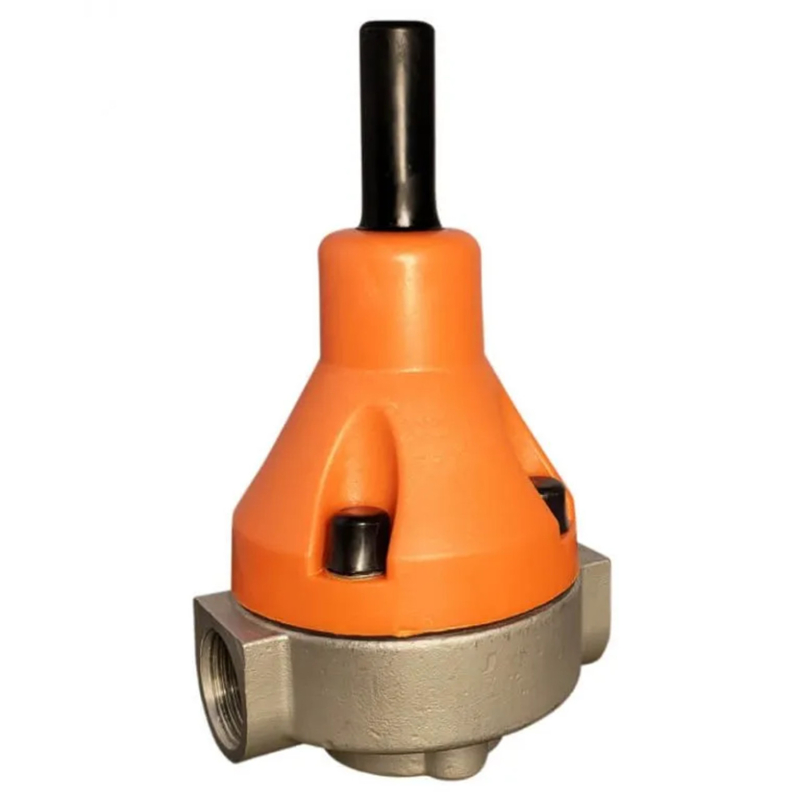What Are the Common Issues in Water Distribution Systems and How to Fix Them?
Published on by David Cannon in Technology
Water distribution systems play a critical role in industrial infrastructure, allowing diverse operations to run smoothly. Despite their crucial relevance, these systems are not immune to problems that might affect their performance and efficiency. From the subtle threat of undetected leaks draining resources to the intrusion of contaminants degrading water quality, industrial water distribution systems face a wide range of technical difficulties that must be carefully addressed and resolved.
In this article, we will discuss about common issues that such systems face, as well as effective ways for addressing them. Through this attempt, we hope to improve the resilience and performance of industrial water distribution infrastructure, ensuring its sustained effectiveness in supporting industrial operations.
What are Industrial water distribution systems?
Industrial water distribution systems are complicated networks of pipes, valves, pumps, and other components which transport water across industrial facilities for a variety of functions. These systems are crucial to industrial operations because they provide water for processes including cooling, heating, cleaning, and production. Industrial water distribution systems can vary greatly in size, complexity, and configuration based on the facility's specific needs and operations.
Industrial water distribution systems are critical for maintaining an effective and reliable water supply within industrial facilities, which contributes to overall productivity, sustainability, and operational compliance. Proper design, operation, and maintenance of these systems are critical to maintain optimal performance, reduce water waste, and reduce risks associated with waterborne pollutants.
Common Issues in Water Distribution Systems
Industrial water distribution systems, which are critical for the efficient functioning of facilities, deal with a number of issues that might compromise their efficiency and reliability. Environmental conditions, material degradation, and operational inefficiency are all potential causes of these difficulties.
Understanding and addressing these frequent issues is critical for maintaining a strong and efficient water distribution network. Here are some of the most common challenges encountered by water distribution systems.
- Leaks and Pipe Breaks: Leaks and pipe breakage are two of the most common issues in water distribution systems. These can occur because of corrosion, ground movement, or mechanical failure, resulting in water loss, property damage, and service disruptions.
- Corrosion: Corrosion of pipes and other components is a major issue in water distribution systems, particularly in older infrastructure in regions with harsh water chemistry. Corrosion can cause pipe corrosion, lower flow capacity, and water quality issues.
- Water Pressure Issues: Low or fluctuating water pressure may affect the functioning of water distribution systems, resulting in insufficient flow rates, poor fire protection, and customer dissatisfaction Pump failures, valve faults, and defects in system design can all cause pressure issues.
- Water Quality Concerns: Ensuring water quality is a top priority for water distribution networks. Contaminants such as bacteria, viruses, chemicals, and sediments can degrade water quality, harming consumer health and destroying equipment.
- Aging Infrastructure: Many water distribution systems' pipes, valves, and other components deteriorate over time. Aging infrastructure can result in greater maintenance requirements, higher failure rates, and worse system reliability.
Addressing these common concerns requires proactive management, which includes routine inspection, repair, and rehabilitation of water distribution infrastructure. Implementing preventative measures such as corrosion control, pressure management, and water quality monitoring can help to reduce risks and assure the continuous reliability and performance of water distribution systems.
How to Fix Common Issues in Water Distribution Systems
To effectively address typical challenges in water distribution systems, a variety of specific strategies and methods must be used. These solutions not only address present issues, but also improve the system's overall reliability and efficiency. Here are detailed methods to each key issue.
Leak Detection and Repair:

- Invest in advanced leak detection technologies: Use advanced technologies including acoustic sensors, infrared thermography, and leak detection sensors to correctly and quickly discover leaks. These systems can identify leaks in buried or hard-to-reach pipelines, reducing water loss and averting damage.
- Routinely inspect pipelines and company stop valves: Conduct regular inspections to identify potential leak sources, corrosion, or mechanical damage. Visual inspections, pressure testing, and the use of inspection instruments like pipeline pigs can all help identify weak places in the system that need to be addressed.
By using these techniques, water distribution system operators may successfully detect and fix leaks, decreasing water loss, lowering the danger of property damage, and ensuring the system's continuous reliability and efficiency. In addition, preventative maintenance efforts can help to extend the life of infrastructure components and improve overall system performance.
Corrosion Control:

- Corrosion Resistant Materials: Use corrosion-resistant materials for pipelines and corporation stop valves to reduce the risk of corrosion. Materials like stainless steel, ductile iron with protective linings, and corrosion-resistant coatings can help reduce the impacts of corrosive water chemistry and increase the life of infrastructure components.
- Use cathodic protection systems: Install cathodic protection devices on vulnerable components to prevent corrosion. Cathodic protection includes providing a direct electrical current to the metal surface, which helps to counteract the electrochemical reactions that cause corrosion. This approach works particularly well for buried or submerged metal infrastructure like pipelines and storage tanks.
By incorporating these corrosion control techniques into water distribution system design and maintenance processes, operators can effectively reduce the effects of corrosion, prolong the life of infrastructure assets, and assure the system's continuous reliability and integrity.
Pressure Management:

- Install Pressure Regulating Valves: Install pressure relief valves (PRVs) in strategic positions across the distribution network to control and regulate water pressure. These valves automatically adjust to maintain consistent pressure levels within set limits, avoiding excessive pressure shifts that might cause system damage or customer complaints.
- Perform hydraulic modeling: Use hydraulic modeling software to examine and optimize pressure distribution throughout the network. Hydraulic modeling, which simulates various operating situations and configurations, can detect areas of high or low pressure, optimize valve settings, and discover potential for system enhancements. This proactive technique helps to guarantee that pressure levels are properly adjusted and meet operating needs.
Implementing these pressure management measures allows water distribution system operators to maintain ideal pressure levels, reduce the chance of system breakdowns or leaks, and improve overall system performance and dependability. Regular monitoring and adjustment of pressure control measures are required to react to changing demand patterns and ensure long-term efficiency.
Water Quality Management:
- Implement a robust water quality monitoring system: Install comprehensive water quality monitoring systems across the distribution network to continuously monitor parameters like pH, turbidity, microbiological content, and chemical pollutants. These systems give real-time data, allowing for early identification of any deviations from water quality requirements and fast corrective actions to ensure a safe and clean water supply.
- Treat water at the source: To efficiently eliminate contaminants from water, treat it at the source. Filtration, disinfection, and chemical treatment can all help to improve water quality by addressing microbiological contamination, sedimentation, and chemical contaminants.
By using these water quality management strategies, operators may ensure high-quality water delivery, protect public health, and meet regulatory requirements. Regular monitoring and aggressive treatment are critical for maintaining water quality and responding quickly to developing contaminants or quality issues.
Infrastructure Upgrades:
- Prioritize infrastructure renewal projects according to condition assessments : Conduct extensive condition assessments on the water distribution network to identify and prioritize infrastructure components that need to be renewed or replaced. Use modern inspection techniques and asset management technologies to assess the condition of pipes, valves, and other essential components, ensuring that resources are directed to regions at greatest risk of failure or deterioration.
- Use sustainable materials and construction practices: Using such sustainable materials & practices improve durability and environmental performance. Choose materials that are more durable and resistant to corrosion and wear, such as advanced composites or ductile iron with protective coatings. Use environmentally friendly construction approaches, such as trenchless technology, to eliminate the need for considerable excavation and disruption.
By using these infrastructure improvement options, water distribution system operators can improve network reliability and longevity, minimize failure frequency, and promote sustainability. Prioritizing projects based on detailed assessments enables efficient resource usage, whereas sustainable practices contribute to the overall resilience and environmental stewardship of the water distribution network.
Effective management of water distribution networks is critical to the efficiency and reliability of industrial operations. Addressing typical problems including leaks, corrosion, pressure changes, water quality issues, and aged infrastructure necessitates a proactive and diversified strategy. Operators may drastically reduce operational disruptions and increase system longevity by investing in advanced detection technology, using rigorous maintenance processes, and prioritizing infrastructure upgrades.
Through these focused solutions, industrial water distribution systems can continue to support key activities while maintaining consistent performance and regulatory compliance.
Taxonomy
- Scale & Corrosion
- Water Quality
- Water Quality Management